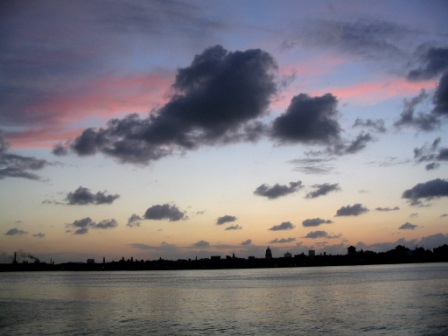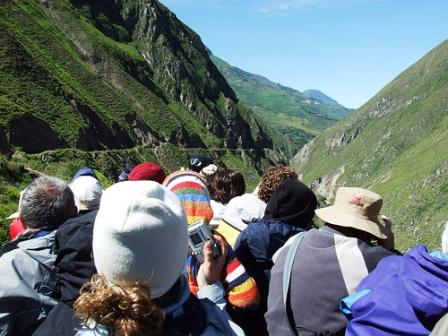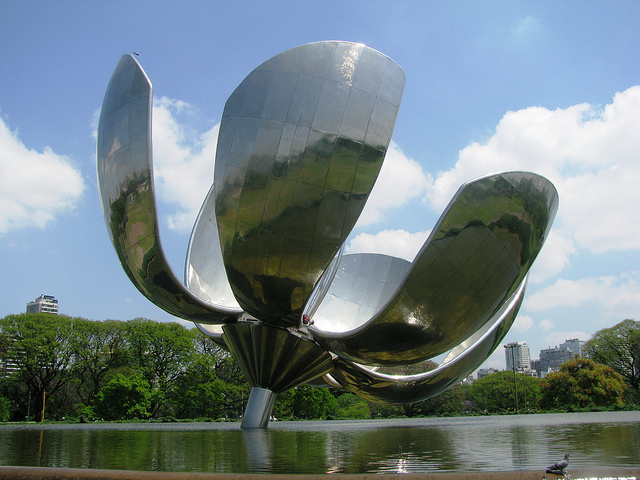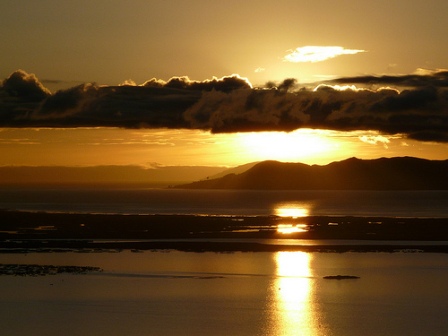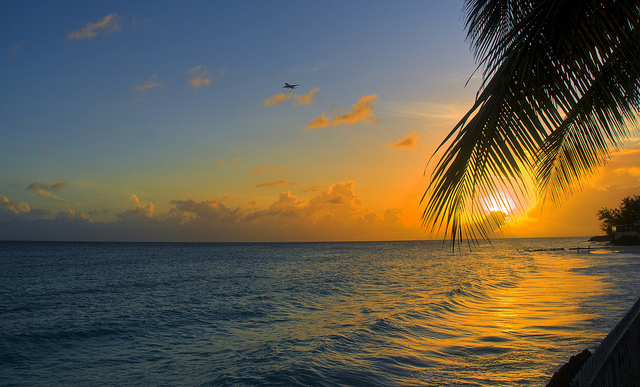With its location between the Caribbean Sea and the North Atlantic Ocean, Cuba attracts a lot of tourists with emerald beaches and warm weather. Particularly, the period from November to April is the best season to travel to Cuba to avoid the often powerful hurricanes. Tourism in Cuba has been a major income source to the country whose unique brand of Communism and convoluted history make this an interesting place to visit. Cuba strict policing makes this country one of the the safest countries in Latin America. Use this map of Cuba to get an idea of the different regions to visit on this beautiful tropical island.

Things to do in Cuba
Havana: Havana, Cuba’s capital, is the most remarkable city in Cuba. Along the El Malecon waterfront boulevard, you can enjoy the fantastic views of the Bay, strolling along the seawall which extends for 8 km. Habana Vieja(Old Havana) will take you back to the 1700s. Much of the historic architecture is in good condition, and this charming part of town is a UNESCO World Heritage Site. The dignified appearance of the Catedral de San Cristobal catches visitors’ attention. Cuban cigars are renowned throughout the world and the Partagas Cigar Factory, one of the major cigar factories in Havana, offers a guided tour in various languages (English, Spanish, French, or others). The Tropicana Club offers cabaret shows and is renowned for its passionate beautiful dancers, a must see during the trip. Various musicians of the ‘Buena Vista Social Club’ have ties to the Tropicana Club and legendary celebrities including Ernest Hemingway, Maurice Chevalier, Sammy Davis Jr. and Marlon Brando were all drawn to the Tropicana. Varadero: In Varadero, fabulous beaches draw visitors to swimming or sunbathing on the bright white sand. Tourists describe The Parque Josone as a little oasis and it includes luscious trees, flowers and Macaw parrots. In addition to enjoying the beaches, you can explore the impressive ‘Cuevas de Bellamar (Bellamar Caves)’ with attention-grabbing crystalline domes and formations.

Santiago de Cuba: Just east of Santiago do Cuba, the country’s largest park , the “Gran Parque Natural Baconao”, features a garden with 400 species of cactuses, an aquarium, museums and outdoor natural history exhibits. The coffee plantations in Baconao Park are a UNESCO World Heritage Site and , provide opportunities to learn about the process of coffee growing. Santiago de Cuba’s San Pedro de la Roca Castle (also called “El Morro”) is also on the UNESCO World Heritage list and is a perfect example of 17th century fortress construction that was intended to be a defense against pirates.
Santa Clara: Santa Clara houses the monument and museum of Che Guevara, the beloved hero of the Cuban Revolution. It was the site of the last battle place of the Cuban Revolution and various monuments commemorate the city’s crucial role during the revolution; one of the most important ones is located on the peak of the Loma del Capiro.
Pinar del Rio: This area is the home of the Cuban cigar industry and its fertile farmlands, produce more than 70% crops. Viñales is a well-known tourist destination that offers excellent outdoor activities, such as hiking, bicycling, caving or rock climbing. The Viñales Valley is also listed as a UNESCO World Heritage Site due to its unique landscape, architecture and traditions.
Cayo Coco is an island in central Cuba that is renowned for its upscale package tourism. El Baga National Park reveals a wide range of animal species, such as iguanas, hutias (a unique Cuban rodent), and tortoises as well as fish and trees. The name of park is derived from the baga tree, a plant with medicinal properties.

Tips for travelers
Cuba is renowned for its beautiful beaches, its fantastic music and as a place that offers great relaxation and entertainment. But Cuba is also starting to become associated with Medical Tourism due to its well-developed medical care system and attracts many thousands of European, Latin American and Canadian tourists every year.
To experience this tropical paradise, try some Cuban rum or enjoy a Cuba Libre which consists of cola, lime and white rum. Cuban cuisine can be restricted, due to the import restrictions imposed the American trade embargo. The country’s cuisine is a mix of Spanish and Caribbean flavours, but for locals many of the ingredients are hard to get. Plantains, black beans and rice, chicken and pork are among the local staples.
Hotels in Cuba can be a good choice but for a more authentic – and reasonably priced- experience try a casa particular. These private houses can be a better choice not only for your budget but also for connecting with local people and for experiencing local homemade food.
Cuba is a very colourful island with a fascinating history and a unique blend of Spanish and African cultures. Package vacations get you there very inexpensively, but the real excitement begins when you start to interact with the locals.
Check out our Cuban travel adventures to Havana, Cuba
Here are video clips from our 2009 Cuba trip to Santiago de Cuba.Please visit our website for many other travel stories, interviews and travel advice.
Feel free to contact us if you need professional Spanish translation services.
